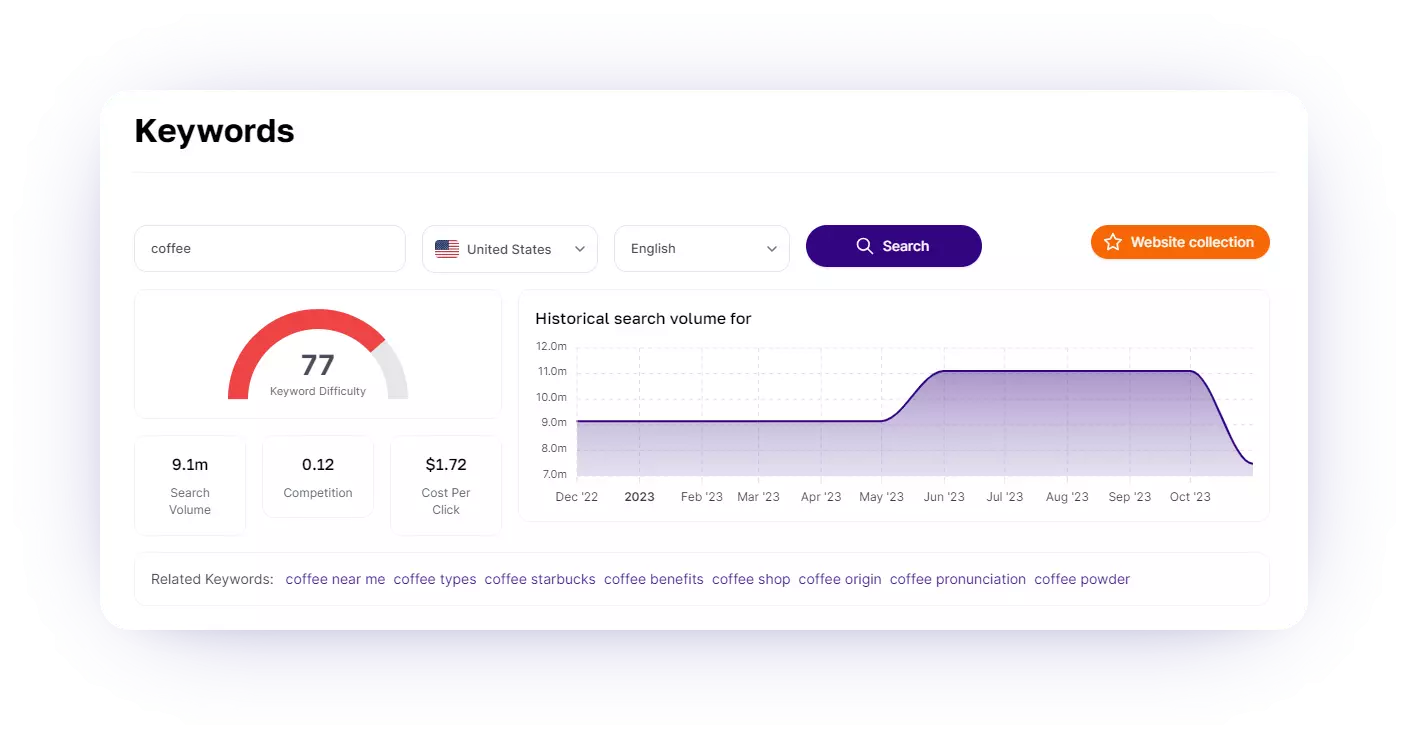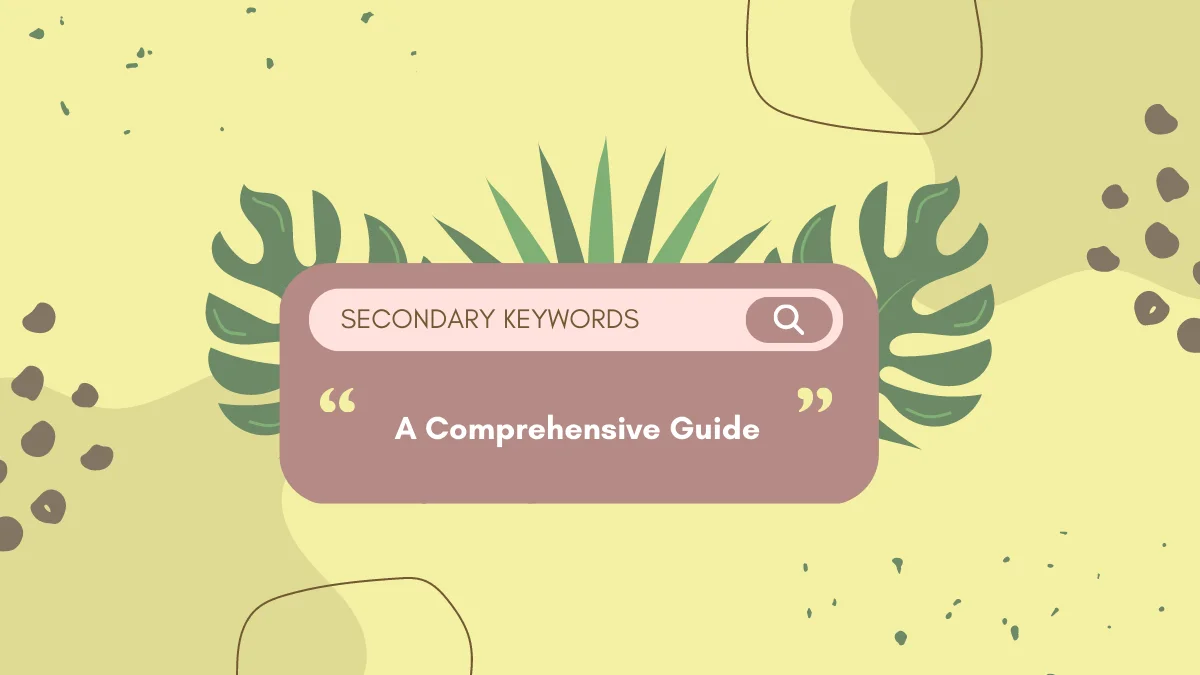
What is keyword stuffing? Keyword stuffing refers to the practice of excessively inserting keywords into content to boost its ranking on Google.
In the realm of online visibility, search engine optimization (SEO) plays a pivotal role. Achieving a prominent position in Google's search results is a coveted goal for many website owners, and keyword stuffing may appear as a tempting shortcut. However, resorting to this technique carries significant risks, making it prudent to understand its potential repercussions.
This article will elucidate the concept of keyword stuffing and offer guidance on how to steer clear of it. Let's delve into the details!
What is Keyword Stuffing?
Keyword stuffing involves the excessive utilization of a particular target keyword within on-page content to boost rankings for that keyword. This practice is deemed spam by Google and is explicitly outlined in its spam policies.
Modern instances of keyword stuffing include actions such as inserting lists of phone numbers devoid of additional value, incorporating blocks of text enumerating cities and regions in an attempt to rank for them, or repeating words or phrases to an extent that sounds unnatural.
Furthermore, keyword stuffing can extend to anchor texts and URLs.
In the past, keyword stuffing wielded some effectiveness when search engines operated on simpler algorithms to identify relevant content. However, its efficacy has significantly diminished in contemporary SEO practices.
You Might Also Like: How Many Keywords Should I Use for SEO?
Why Keyword Stuffing is Bad?

If you have been engaged in SEO and marketing endeavors for some time, you may recall a period when keyword stuffing was not only permissible but also a widespread tactic. However, the landscape has evolved, and several issues now arise from its use.
1. User Experience: The focus in modern SEO endeavors is on providing a positive user journey and experience. Keyword-stuffed content prioritizes rankings over reader engagement.
2. Penalties: Search engines actively disapprove of keyword stuffing. Sites identified engaging in this practice may face penalties on specific pages or even site-wide. In severe cases, Google might opt to remove the site entirely from search engine results pages (SERPs).
3. User Loss: Content overloaded with keywords often fails to inform and engage users effectively. Consequently, users may opt to seek information elsewhere, resulting in a loss of traffic.
4. Brand Reputation: Keyword stuffing can tarnish a brand's reputation. Associating a brand with content filled with repetitive words and phrases can erode trust and confidence among consumers.
In conclusion, while keyword stuffing may have once seemed like a shortcut to SEO success, it now carries significant risks and is widely discouraged in contemporary digital marketing practices.
How To Avoid Keyword Stuffing?
Website owners often resort to keyword stuffing as a quick-fix solution for optimization. However, this approach can have detrimental long-term effects. Below are effective strategies to avoid keyword stuffing:
1. Conduct Comprehensive Keyword Research
Thorough research into your target market, understanding popular trends, and analyzing keyword difficulty are essential components of effective keyword research.
Understanding the popularity of keywords provides insights into search volume while assessing keyword difficulty helps gauge the competitiveness of ranking on the first SERP.
Factors such as domain authority, page authority, and site trustworthiness play crucial roles in this analysis.
You can use Niche Finder's Keywords Niche to conduct in-depth keyword research, take" coffee" as an example:

2. Extend Your Word Count
Expanding the length of your content allows for a more natural distribution of keywords, reducing the need to forcefully insert them into every other sentence.
This enhances the flow of the text and improves the overall user experience.
3. Monitor Keyword Density
Maintain an ideal keyword density of below 2%. Utilize keyword density checkers, such as the one available at Visiospark, to ensure your content remains below this threshold and retains a natural tone.
4. Assign a Primary Keyword to Each Page
Designate a single target keyword or phrase for each page, closely aligned with the page's content.
Opt for keywords with low competition to expedite ranking, but don't shy away from higher competition keywords. Remember to select a distinct primary keyword for every page on your website.
5. Incorporate Keywords for On-Page SEO
Integrate keywords strategically into various sections of your page, including:
- Title Tag
- Meta Description
- Image Alt Tags
- Initial Paragraph
- Page Titles
Final Thoughts on What is Keyword Stuffing
In summary, keyword stuffing is an outdated and frowned upon SEO practice that should be avoided.
Instead, content creators should focus on producing high-quality, relevant content that naturally incorporates keywords in a way that enhances the user experience and provides genuine value to readers.

